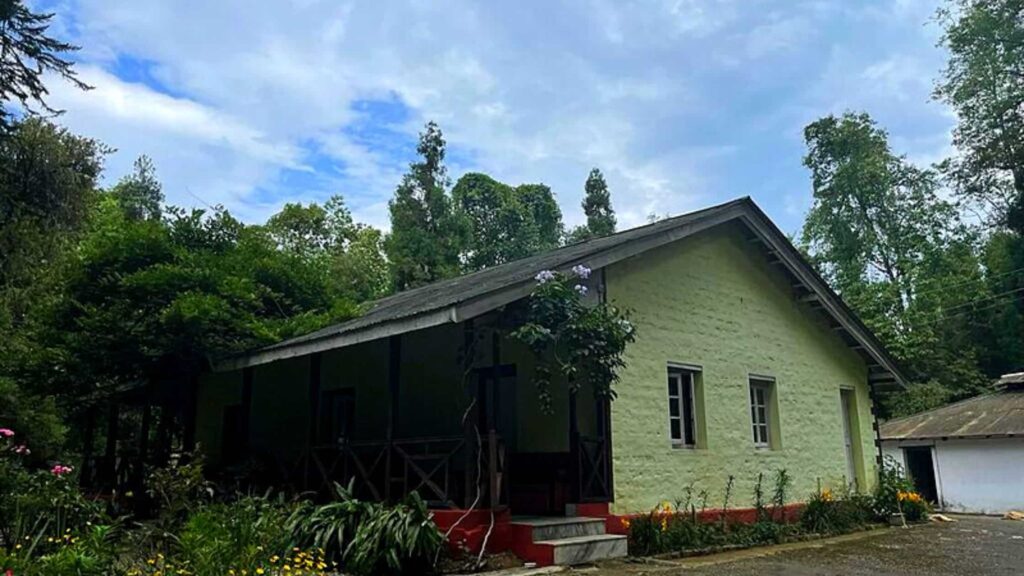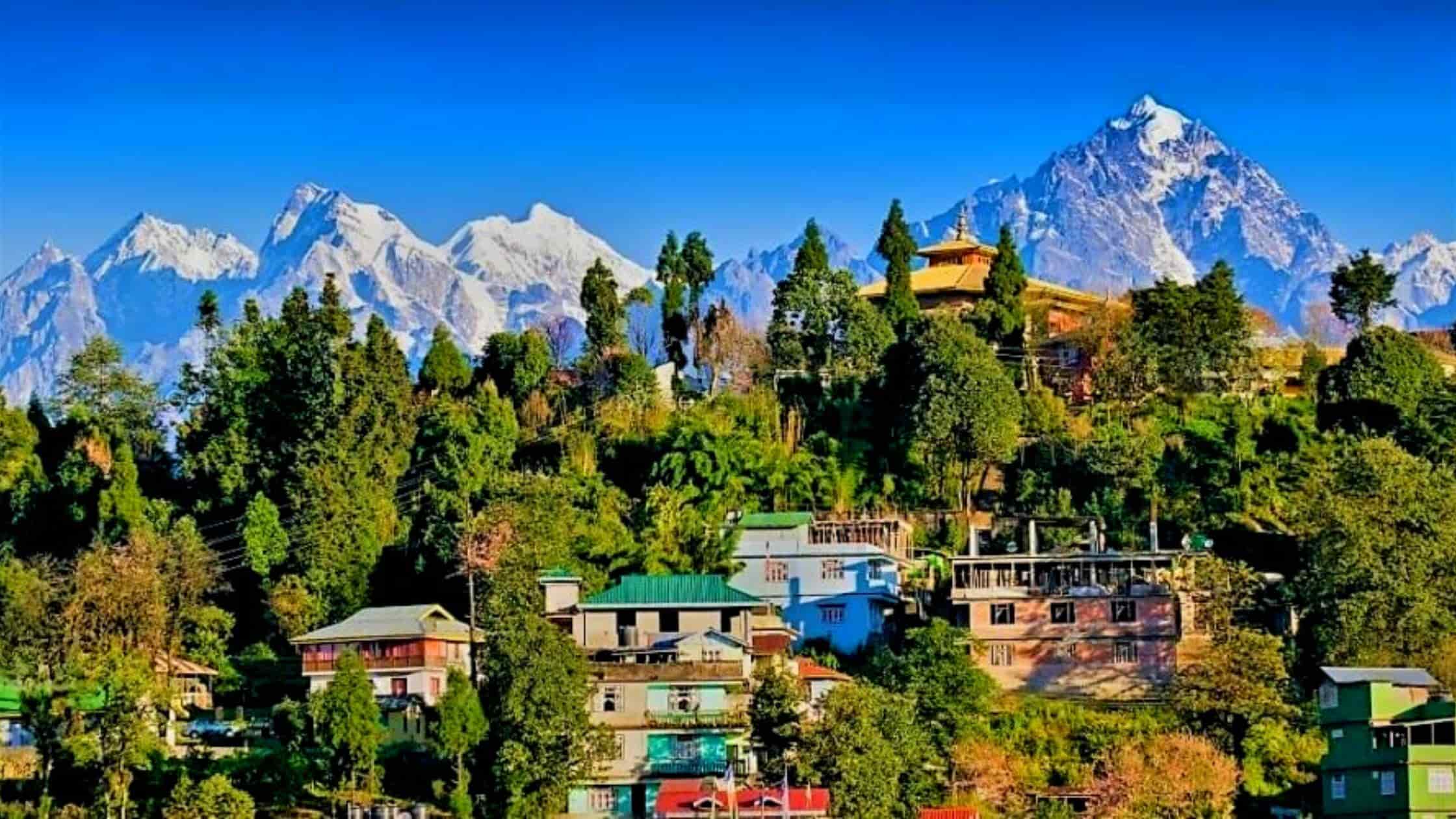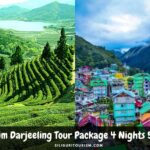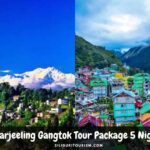Rinchenpong is a peaceful village often called the Silent Valley. It’s in West Sikkim, about 40 kilometers from Gangtok, sitting at an elevation of 5576 feet. Nestled in the Himalayas, Rinchenpong attracts visitors who like forests, short walks in the hills, orchids, and different kinds of birds. In the past, during the colonial era, Rinchenpong became a famous village. Tourists love it for its breathtaking views of the Kanchenjunga range and several impressive monasteries.
Tourist Spots and Sightseeing Places
Rinchenpong Monastery- Apart from its interesting history, Rinchenpong offers trekking trails through the beautiful green Himalayan forest. Just across from Poison Pokhri, there’s a forest path that takes you to Rinchenpong Monastery, constructed in 1717. Inside, you’ll find a special statue of Ati Buddha in the Yub-Yum position. If you continue along the trail, you’ll reach Reesum Monastery. If you keep going, you’ll discover a traditional Lepcha house built in the old Lepcha style.
Poison Lake- Rinchenpong is not just known for its lovely forests; it also has a fascinating history. According to the tale, during a British expedition to Sikkim in 1860, the native Lepchas used herbs to poison the water of a pond, which was the main water source in the area. This clever tactic led to almost half of the British army being killed, compelling them to retreat. Since that incident, the pond has been called Poison Pokhri.
Sirijunga Temple- Teyongsi Sirijunga Limboo Cultural Heritage and Research Center, also known as Sirijunga Temple, is a top attraction nearby. The temple is named after an 18th-century Limboo researcher, and you can spot a massive 36 feet bronze statue of him here.
Hee Water Garden– This is a famous tourist spot near Hee, about 10 kilometers from Kaluk market. It has a café, two big swimming pools, a natural park, and a small river stream—all in one water garden.
Singshore Bridge– The amazing hanging bridge of Singshore is found 24 kilometers from Kaluk and 27 kilometers from Rinchenpong. It’s known as the second-highest bridge in Asia.
Maggi Dara- There are more places to check out near Rinchenpong, like Maggi Dara, a new monastery, and a marble plaque featuring verses from Rabindranath Tagore’s Gitanjali. This spot is called Rabindra Smriti Van because Rabindranath Tagore spent some days there.

Rinchenpong Bungalow- In the upper parts of Rinchenpong, there’s a British Bungalow that’s been standing for decades, tucked away in the forests. Made from wood and stone, spending a night in this bungalow is a fantastic experience for travelers. Rinchenpong, with its beautiful surroundings, peaceful atmosphere, and rich history, has carved a special place in the hearts of all those who have visited.
What Is the Best Time to Visit Rinchenpong?
Rinchenpong has something unique to offer in every season, but the best times to visit are usually in spring (mid-March to mid-April) and winter (mid-September to mid-December). During spring, the rhododendrons from Varsey Rhododendron Sanctuary paint Rinchenpong in a beautiful red shade. In winter, you can enjoy a clear view of the snow-covered Himalayan range.
Transportation Options to Reach Rinchenpong
To reach Rinchenpong, you can use different modes of transportation. If you prefer flying, Bagdogra Airport near Siliguri in North Bengal is the go-to option. The village is approximately 135 km away from Bagdogra International Airport. For train travel, the nearest railway stations are NJP and Siliguri Junction. You can catch a train to NJP from various places in West Bengal and neighboring states.
The journey from the railway station to Rinchenpong takes around 4 hours. If you’re traveling by road, Rinchenpong is easily accessible from nearby cities like Pelling, Darjeeling, Gangtok, and Siliguri. Renting a car is a convenient option for a comfortable journey to Rinchenpong.
| Get a Free Tour Quote |
|---|




